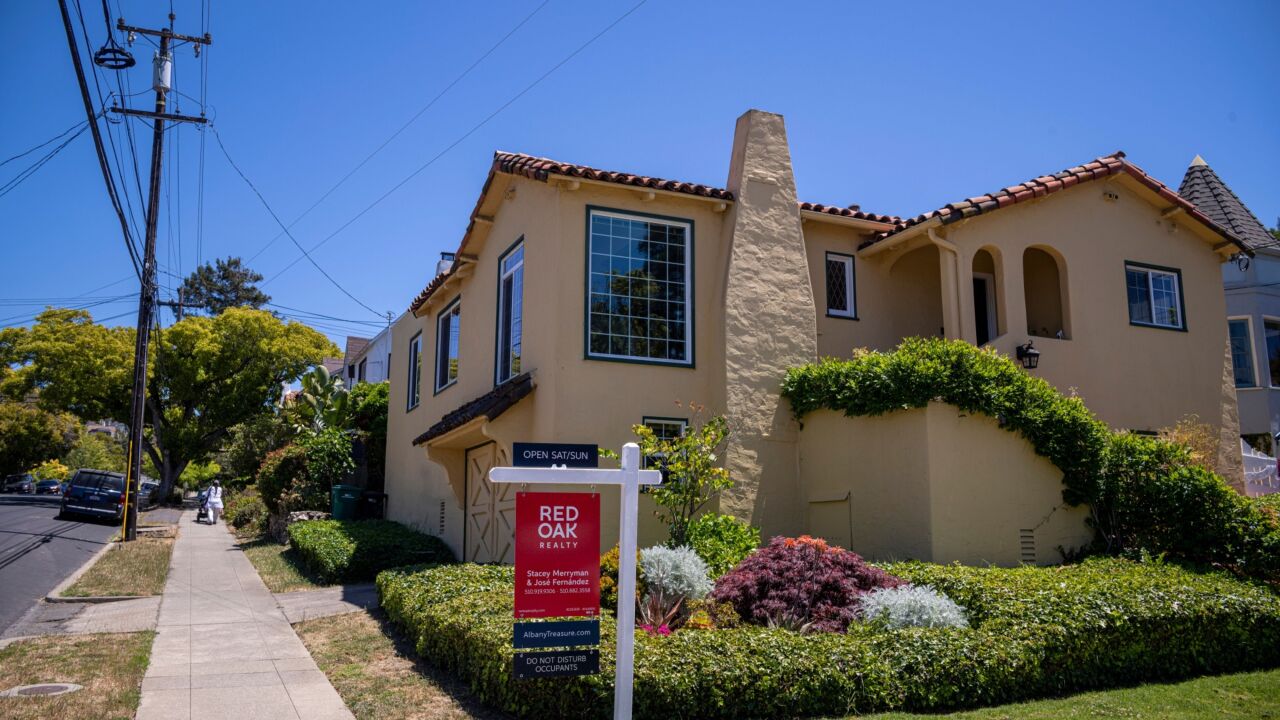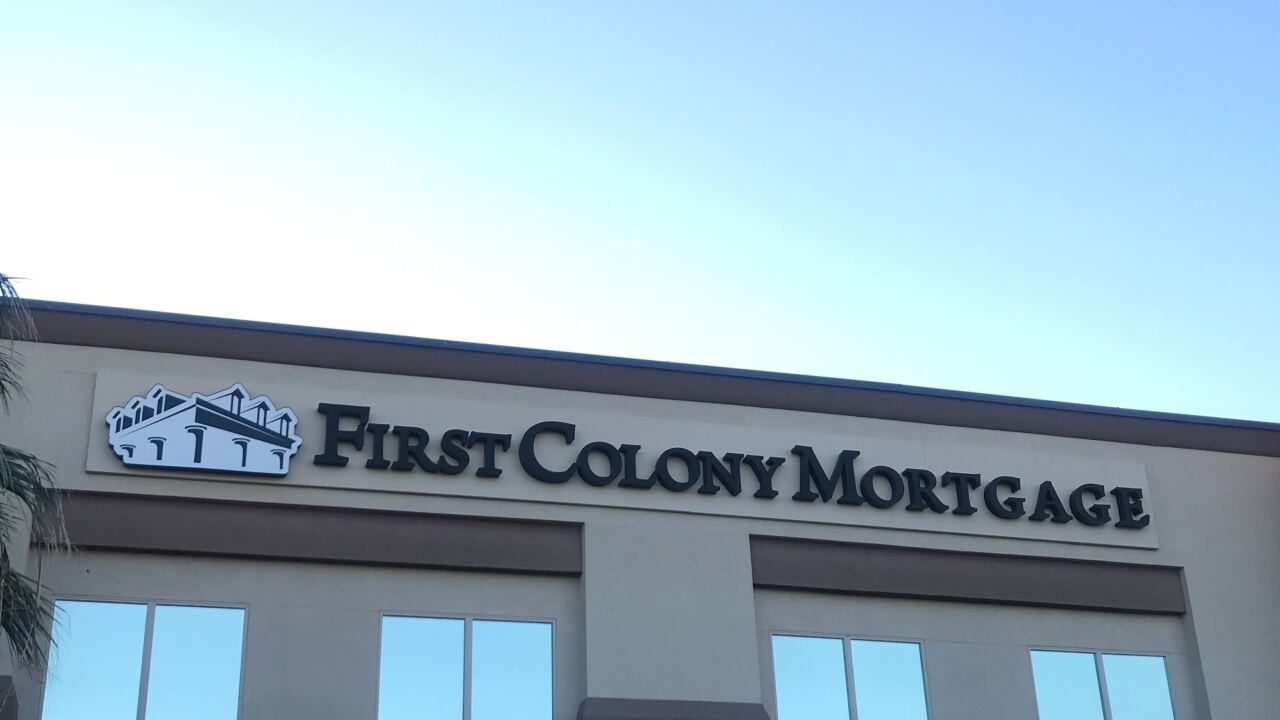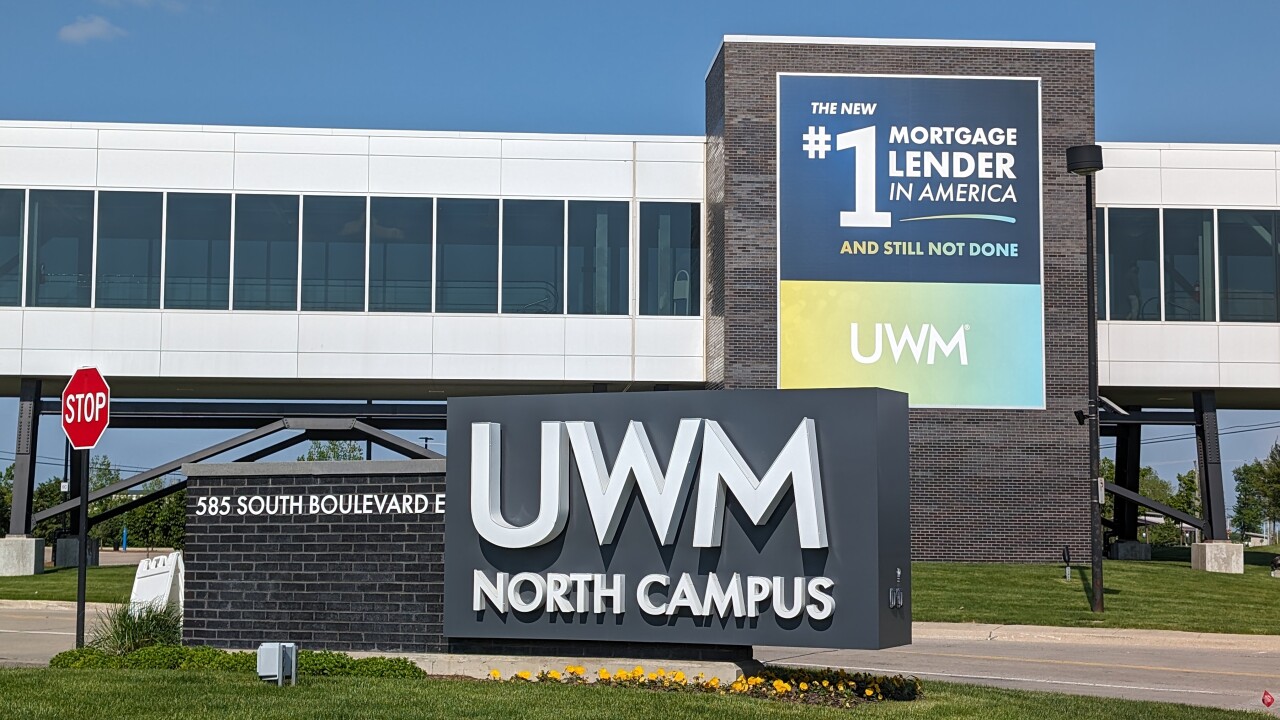
The U.S. Department of Housing and Urban Development will spend nearly $40 billion in 2015 on affordable housing programs, yet, according to a
Private investors can alleviate some of the burden from HUD and increase the number of affordable units available by investing directly in affordable housing programs. A fixed-term, zero-interest shared appreciation mortgage funded by private investors is the best vehicle to provide capital for affordable housing programs.
An AHP shared appreciation mortgage known as HOPE — Housing Our People Economically — is one viable option. Coined by The United Way of Dane County, Wis., and Porchlight, a nonprofit housing and services organization, the HOPE mortgage would allow direct investing into an AHP. Private investment dollars
Shared appreciation mortgages are
The HOPE mortgage solves an important cash flow problem associated with both conventional mortgages and REITs: since tenants in AHPs often cannot pay market rate rents, the projects face challenges in generating sufficient cash flows to pay mortgage interest or REIT dividends. AHPs are typically exempt from property taxes if they are owned by nonprofits; but in a traditional REIT structure, this tax advantage will be negated.
In spite of its benefits, there is currently little liquidity in HOPE mortgages. In response, the UWDC is starting a social investment fund to invest in HOPE mortgages for AHPs in Dane County. Through these projects, UWDC and its social investing partners aim to jumpstart a market in HOPE mortgages by showing that they are an attractive source of funding for AHPs while also delivering fair returns for its investors.
The liquidity of HOPE mortgages can also be substantially enhanced by:
- Pooling. Develop underwriting guidelines and standardize the terms for the HOPE mortgage and pool them across many AHPs to form HOPE mortgage backed securities. Housing price appreciation for the pool can be conveniently calculated based on well-known regional Case-Shiller or Federal Housing Finance Agency House Price indices.
- Guarantee. Have a guarantor for HOPE mortgage-backed securities that will guarantee the contractual payment for properly underwritten HOPE mortgages; the guarantor will (primarily) assume the risk that the pool price appreciation will differ from that of the underlying index. The owners of the AHPs will pay an appropriate fee for this guarantee. This will make HOPE MBS analogous to government-sponsored enterprise MBS.
- Regulatory changes. Give Community Reinvestment Act credit to financial institutions for originating and/or investing in HOPE MBS. Improve the tax treatment for investors as suggested by some commentators. Invoke the "duty to serve" clause to enable the housing agencies to invest in these mortgages.
By avoiding interest payments in return for forgoing a share of housing price appreciation, the HOPE mortgage improves the economics of the AHP over alternate financing structures. Furthermore, at the end of the HOPE mortgage term, the owner of the AHP will typically have improved cash flows (over those at the beginning) and thus will have various options to pay off the HOPE mortgage investors.
For example, the cash needed for the HOPE mortgage payoff can be obtained by taking a traditional mortgage loan at the end of the HOPE mortgage term, by which time the owner would have likely built up significant equity.
Because of how it is structured, the natural investor class for HOPE mortgages will tend to be investors in bonds or bond-like securities. For example, the zero coupon on the HOPE mortgage make it akin to the zero-coupon Treasury Bond; since housing prices track inflation, there is a natural inflation protection built into the HOPE mortgage that makes it similar to a Treasury Inflation Protection Security. HOPE mortgages are riskier than their Treasury equivalents, but the investor is compensated by the additional inflation-adjusted appreciation of housing values over time.
News stories abound about how low income tenants are being locked out of rapidly appreciating real estate markets, such as major cities on both coasts, and attractive smaller towns such as Madison, Wis. These are precisely where HOPE dollars will flow in search of attractive returns. Similarly, owners and developers of AHPs who have shown excellence in managing their projects will also attract HOPE investors. For financial institutions — community banks, credit unions, big banks, mortgage brokers — originating and packaging HOPE mortgages to sell to investors will enable them to increase fee revenues.
HOPE mortgages and mortgage-backed securities offer the promise of bringing substantial capital into the affordable housing sector. Equally importantly, they can improve the lives of many low-income people by providing housing that is truly affordable.
Martha Cranley is the director of community impact and strategic communication at United Way of Dane County.
Rajesh Rajaraman is a vice president at Christensen Associates, an applied economic and engineering consulting firm in Madison, Wis. He also serves on the Board of the United Way of Dane County.
Steve Schooler is executive director of Porchlight, which owns and operates approximately 300 units of low-cost housing in Dane County. Porchlight has provided low-cost housing to homeless households for over 25 years.





